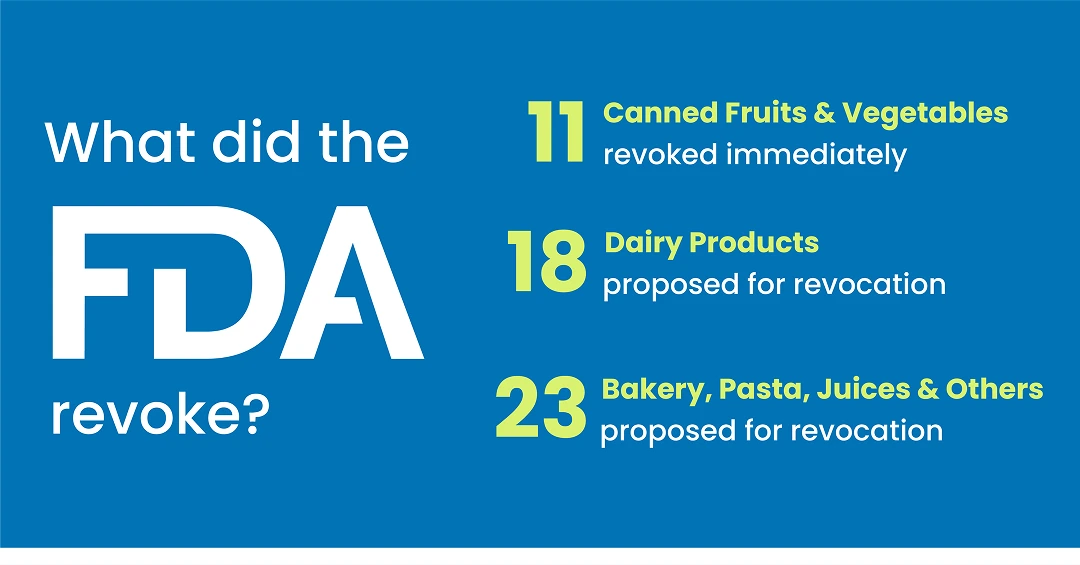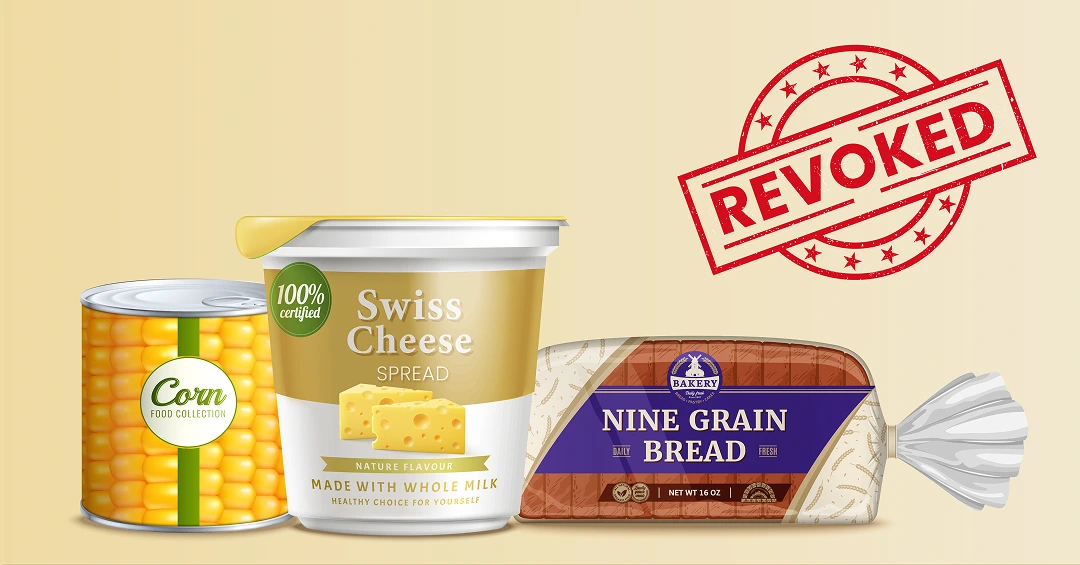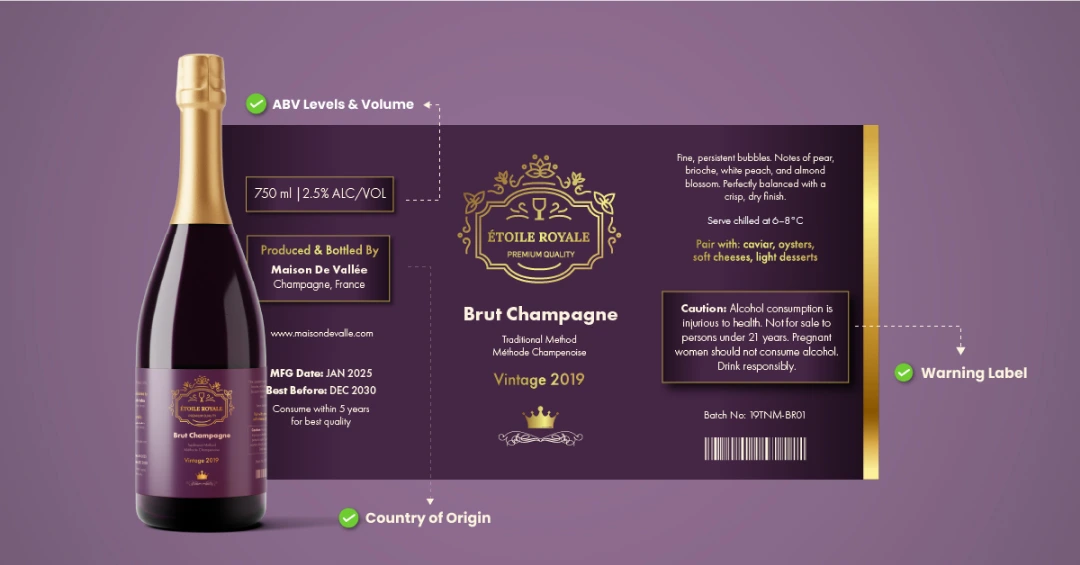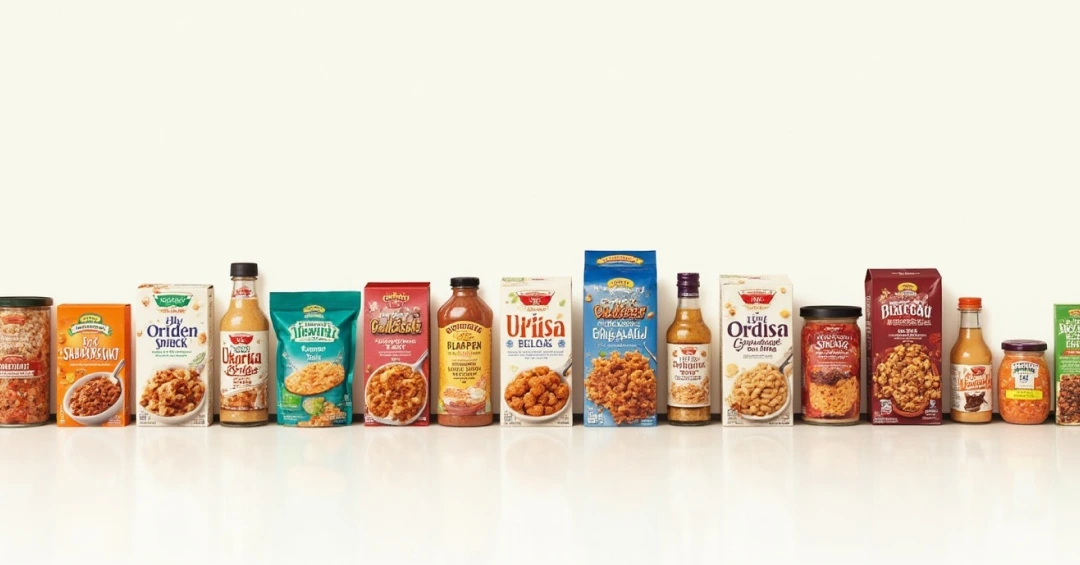On July 16, 2025, the U.S. FDA took a big step toward modernizing food regulations by revoking or proposing to revoke 52 outdated Standards of Identity (SOI). These were the rules that dictated how certain foods had to be named, formulated, and labeled.
If you're in packaging, labeling, or regulatory, this change affects you directly. Are your current labels still compliant? Do any of your SKUs mention old SOI terms? Do your templates need updates?
Now’s the time to review, revise, and rethink how you present your products. Here's what changed, what you need to watch out for, and how to stay ahead of the shift.

Why did the FDA do this?
- Many of these standards were created in the 1930s–1960s and don’t reflect current food science, innovation, or consumer needs.
- Some of the defined products are no longer sold at all.
- The rigid definitions restricted brands from offering new, healthier, or more relevant versions of classic products.
- Today’s labeling and production methods give better, more flexible ways to keep food clear and safe for consumers.
What this means for packaging and labeling teams
These revocations bring more flexibility but also teams must carefully review the artworks and the compliance processes. Here’s what changes:
- More flexibility in product naming:
You no longer have to use outdated or very specific names just because SOI requires it.
For example: “Pasteurized Process Cheese Spread with Pimento” can be now called as “Pimento Cheese dip” or “cheese spread with Pimento” as long as its truthfully reflects what’s inside. - Formulation rules are no longer strict:
Old SOIs often mandated exact ingredients and proportions. That’s no longer the case for revoked items.
For example: “French Dressing” had to include oil, acidifiers, and tomato flavor. Now, brands can use avocado oil or different flavors, as long as it's not misleading. - Nutrition Facts Panel (NFP) Reclassification
Some products no longer fall under their old SOI categories, which may affect NFP including serving sizes and nutrient disclosures.
For example: If “Mellorine”, a frozen dessert once defined under SOI, is no longer classified as such. So, you may need to reclassify it under another dessert type for labeling purposes. - Only applies to US labels
If your products are sold internationally, remember: these SOI changes apply only in the US. Be sure to flag which SKUs need changes for US packaging and leave other markets unchanged.
Checklist for Packaging Teams
- Review all label templates to find and remove references to revoked SOIs
- Update product names where SOIs previously enforced strict naming rules
- Collaborate with legal and marketing to explore names that are more appealing and accurate
- Check ingredient lists for products that have composition-based SOIs & adjust if needed
- Ensure ingredient statements remain clear, correctly ordered, and compliant with allergen rules
- Reclassify Nutrition Facts Panels (NFP) if the product’s category has changed due to SOI revocation
- Verify serving sizes and % daily values based on updated food categories (RACC)
- Keep label versions aligned per country, since these SOI changes apply only in the U.S.
- Notify cross-functional teams (Regulatory, Artwork, QA, Legal) about required updates
How an Artwork Management System eases regulatory shifts
For teams managing packaging across multiple SKUs and markets, staying compliant means tracking where changes are needed, updating assets without delay, and ensuring every revision is reviewed and approved. An artwork management system simplifies that entire process.
Here’s how it helps:
Instant identification: Run a report to find every artwork file that contains now-obsolete terms like “Artificially Sweetened Canned Peaches.”
Streamlined change management: Label templates, ingredient lists, and naming conventions can be updated centrally, so you don’t rely on scattered design files and email threads.
Version history & audit trails: Every change is documented. You’ll always know what version was live before the change, who approved the updated version, and why it was altered.
Role-based collaboration: Regulatory, legal, QA, marketing, and packaging teams can collaborate within a single platform, speeding up approvals while staying compliant.
Market-specific customization: Apply the updated standards only to U.S. labels while retaining older naming for markets like the EU or Canada without managing separate files manually.
To Summarize:
This step by the FDA isn’t just about retiring outdated standards, it’s a push toward modernizing how food packaging is managed. While it may take time and effort for packaging, regulatory, and marketing teams to adapt, it also opens up space to simplify labels, remove unnecessary constraints, and reflect consumer expectations more accurately.
If you're still managing packaging updates manually, these shifts can feel overwhelming. An artwork management system provides the visibility, accuracy, and speed needed to adapt quickly without chaos. If you need a simpler way to manage your artworks and ensure compliance, we're here to help.





.webp)
















